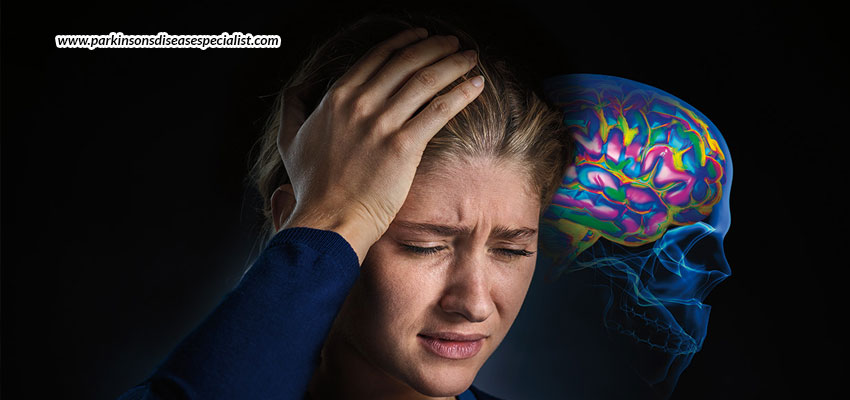
10 Jul Can Migraine Lead To Symptoms Of Dystonia?
Dystonia is a disorder of the brain that affects the muscles. The basal ganglia within the brain send signals to the muscles within the body to tell them what to do. When this part of the brain stops functioning, or stops performing properly, it is characterized by involuntary muscle contractions that cause slow repetitive movements or abnormal postures. This kind of disorder could affect only a single muscle, a group of muscles, or muscles throughout the body. Depending upon this, the movements could be painful, uncomfortable, and embarrassing too.
Dystonia can be of varied types. Some of these types are genetic, but the cause for majority of the dystonia types is yet unknown. 15 genes have been researched to cause dystonia, but the research is still on. Then, there are certain medicines that may also cause dystonia as a form of side-effects. For example, certain medications that are given to migraine patients could have dystonia as a side-effect. It is difficult to treat migraine without using these medications, which makes dystonia an important consideration for both patients and physicians.
Headache specialists are finding un-diagnosed cases of dystonia in the migraine population, making the condition more important to look out for. In fact, the 2011 Scottsdale Headache Symposium specifically addressed dystonia in migraine patients, particudarly the identification of patients requiring further evaluation and possible treatment for their co-morbid condition. One of the most common types of dystonia found in migraine patients is cervical dystonia (also called torticollis). This kind of dystonia involves one or more of the muscles of the cervical spine, neck, chest, and shoulders.
Looking at this unfortunate play of disorders, doctors have researched that the use of injectable toxins like Botox for chronic migraine may help dystonia patients who remain undiagnosed. However, appropriate diagnosis of this co-morbid condition would assure that the patients receive appropriate treatment, including additional or different specific injections for dystonia, or other additional treatments. If Botox seems to be ineffective for their spasms, other toxins have also been approved.
Whatever the case, whether you are a patient solely of dystonia, or whether you have encountered dystonia through other ailments or medications, you need to immediately approach a specialist like Dr. Shivam Mittal to get the finest and fastest dystonia treatment in UAE. Depending upon your condition and health, you will be prescribed any of the three options – medications, injections, or surgery.
- Medications like Levadopa or Carbidopa can eliminate symptoms of dystonia as long as they are taken; thus not a permanent solution, but definitely a life-enhancing one.
- Injections like Botox can be given to the patient into the nerves that cause involuntary contractions of the muscles, which can bring relief for a period of 3-6 months, after which the patient will again have to be injected with the drug.
- The last retort to curing dystonia is Deep Brain Stimulation surgery, wherein electrodes are inserted into the brain, connected to a neurotransmitter installed within the chest, which controls the movement of muscles.
And, all of this is combined with certain massages and therapies that can relax the muscles and keep the patient comfortable.








